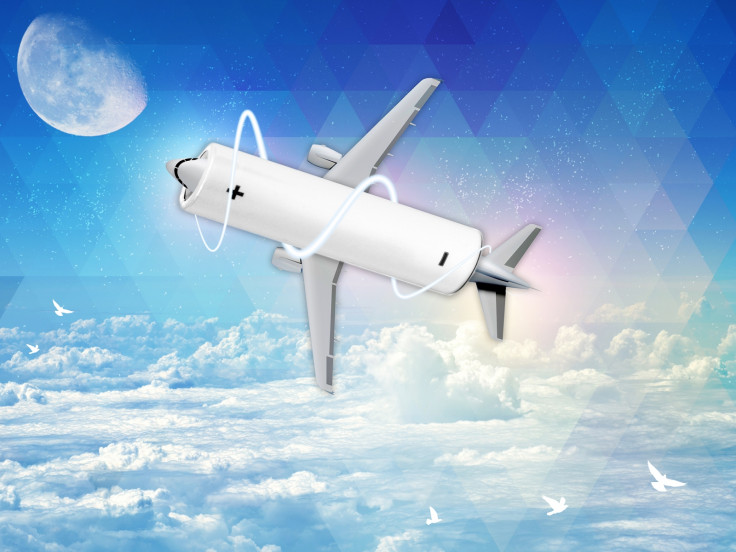Nasa explores idea of electric plane that uses fuselage structure as battery

An electrically propelled airliner that uses its fuselage structure as its battery is being developed through a new venture from Nasa.
The Convergent Aeronautics Solutions (CAS) project is encouraging Nasa engineers to come up with concepts that will "transform aviation as we know it", with six ideas recently selected for development over the next two years.
"Is failure an option? It depends on your definition of failure," said Doug Rohn, Nasa's manager of the Transformative Aeronautics Concepts Program. "We're going to ask the questions and see if these ideas are feasible or not. It just might be that it's not feasible, but that's OK.
"The idea of the project is this is an investment process, where we're using almost venture capital-like principles. But instead of money, our return on investment is in knowledge and potential solutions to future challenges in aviation."
One of the biggest challenges with electric propulsion for aircraft is that heavy batteries need to be carried inside the aircraft. The team's multifunctional structure solution could eliminate this issue by transforming the aircraft structure itself into a battery.
The idea of the project is this is an investment process, where we're using almost venture capital-like principles. But instead of money, our return on investment is in knowledge and potential solutions to future challenges in aviation
Recent advances in materials, chemistry and nanotechnology mean such a structural system is now a realistic possibility.
The electric plane was selected alongside other ideas that included an autonomous unmanned aerial vehicle (UAV), which uses artificial intelligence to respond to unforeseen situations in the same way a human pilot would.
It is hoped such projects will be able to answer either one of the two "big questions" that are currently guiding Nasa's aeronautical research: Can an aviation system be demonstrated that has maximum efficiency and minimal environmental impact? And can such a system be used for urgent medical transportation from Alaska to the Mayo Clinic in Minnesota without human interaction?
"They are fundamentally different questions," Rohn said. "The first one takes a more systems approach, while the second one takes a more mission design reference approach like the space folks at Nasa are used to.
"With CAS we are trying to open people's minds up to every possibility, while at the same time bound them so they are working on something that fits within the research thrusts spelled out in out strategic research plan."
© Copyright IBTimes 2025. All rights reserved.






















